Reducing embodied carbon in new construction by almost half is the challenge looming before the construction industry as it heads towards 2030.
Anthony Pak, principal of Priopta and the founder of the Embodied Carbon Network Canada, calls embodied carbon the “blind spot” or the area of construction “that has historically been neglected.” In the coming decade, the focus will be on reducing embodied carbon in construction as more cities both in Canada and globally call for reductions in greenhouse gases (GHG) to stem global warming.
The embodied carbons are those measured GHG emissions that occur during the production, shipping and assembly of a new building, plus during replacement of materials over the life span of a structure and finally the deconstruction or demolition of a building, said Pak, guest speaker Feb. 12 at Buildex Vancouver 2020 (session W22 – Embodied Carbon: The Blind Spot of the Building Industry) held at the Vancouver Convention Centre West.
The United Nations Environment-Global Status Report 2018, which globally monitors the GHG emissions, attributes 39 per cent of emissions to buildings of which 28 per cent of that figure relates to the operational side such as energy consumed. “The other 11 per cent is embodied carbon from new construction,” said Pak, a professional engineer and building life cycle assessment (LCA) consultant.
The downstream impact of embodied carbon is enormous. According to Pak, 230 billion square metres of new construction worldwide will occur over the next four decades, a doubling of all buildings currently built.
Pak said that B.C. with its clean energy, passive housing construction and zero emission buildings has made strides which impact reducing GHG emissions on the building’s operations side, but as the pressure mounts to curb more GHG emissions in the face of global warming, there is the need to find ways to cut embodied carbons over the lifespan of the building. As the operational emissions are lowered, the embodied carbons can be as much as 50 per cent of the structure’s total emissions, he said.
“Vancouver has the most ambitious target,” he said. Vancouver’s new rezoning bylaw which targets reducing embodied carbons from a 2018 baseline, will encourage innovation in construction materials and further building design in new construction. While the city has targeted a 40-per-cent reduction in embodied carbon over the next decade, that standard is also adopted by the World Green Building Council in its action report Bringing Embodied Carbon Upfront.
Pak has been involved with the city in exploring embodied carbon. In 2019, Priopta provided, in conjunction with the city’s green building policy for rezoning, a whole-building life cycle analysis (available online) for 5055 Joyce Street, a 33-storey concrete high-rise residential building with curtain wall assembly. The study was to serve as a typical example of a concrete high-rise. Pak also provided input to a 2019 report Policy Research on Reducing the Embodied Emissions of New Buildings, which looked at suggestions and best practices. The policy research paper is also available online at the city’s website.
Pak will also discuss design strategies for reducing embodied carbon and how they can impact the choice of building materials such as using less but stronger concrete. Wood is seen as a more sustainable alternative but Pak said it can be influenced by whether the wood is derived from a certified body such as the Forest Stewardship Council. “It is a complex issue,” he said as the construction industry attempts to meet reduction targets.
Pak’s session is followed by a second session on Feb. 13 (T18 Roadmap for Achieving 40% Reduction in Embodied Carbon by 2030), which brings together stakeholders. The panel focus is on how the building industry will mobilize to achieve the proposed reduction by 2030.
Panel members include Patrick Enright (City of Vancouver), Geoffrey Guest (National Research Council), contactor Stacy Smedley (Skanska), designer Yury Kulikov (Fast + Epp), and Matt Dalkie (Lafarge). Moderator is Zahra Teshnizi of ZEBx and the University of British Columbia.



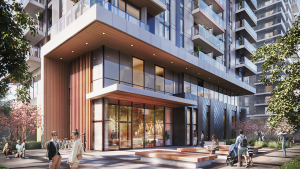


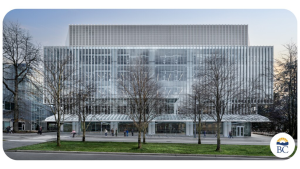
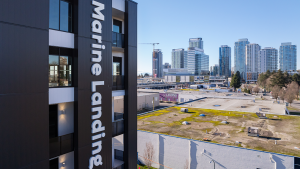

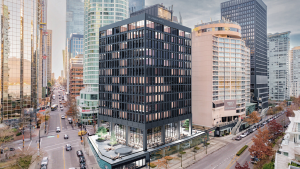
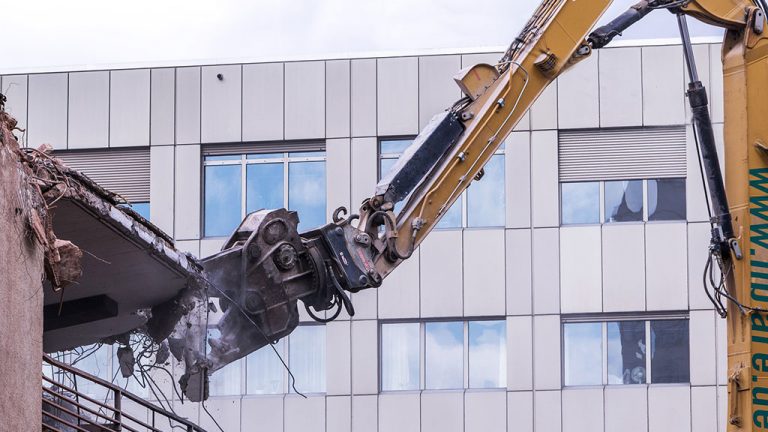
Recent Comments
comments for this post are closed